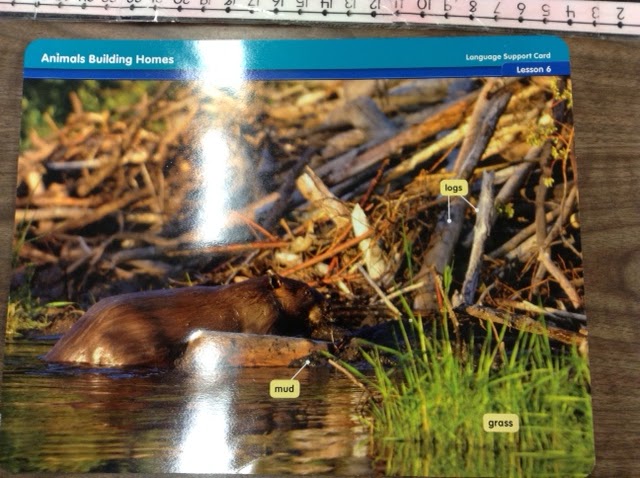Many elementary teachers like to save that all about one hundred book for the 100th day of school. I challenge you to grab your favorite book about one hundred and use it earlier. This is the perfect "hook" to up the game in your classroom. Use this resource to spark learning dialog about patterns and place value!
There are so many great books about one hundred it's hard to choose and you could substitute any of them for the following lesson plan...
This lesson will begin with 100th Day Worries by Margary Cuyler.
This lesson was approached with the mind set of universal planning. For those unfamiliar with this phrase, it's basically planning with the end goal in mind.
CCSS.MATH.CONTENT.2.NBT.A.2Count
within 1000; skip-count by 5s, 10s, and 100s.
CCSS.MATH.CONTENT.2.NBT.B.8
Mentally
add 10 or 100 to a given number 100-900, and mentally subtract 10 or 100 from a
given number 100-900.
NCTM Focal Points: Use number patters to extend the knowledge of properties of numbers and operations.
What are the desired outcomes of this lesson?
Two goals were identify . The goals are both measurable and attainable. Goal 1 is a foundational skill that provides insight into student understanding. Goal 2 taps into essential understanding. It attempts to build schema between foundational skills and the larger concept of place value.
1. Counting and place-value patterns can be seen on a hundred chart.
2. Digits and place value are relational; this relationship determines the value of any given digit based on the magnitude of the place value.
Brainstorming assessing and advancing questions was the next step. This was important because it ensured a foot hold on where this particular lesson falls in the trajectory of learning for students. It allowed for planning of differentiated moves and contributed to the artful movement of facilitation.
Advancing and Assessing Questions:
What are some patterns that you have seen at school, outside, or at home?
· Explain patterns that you have identified.
· What is the value of digits in the ones/tens/hundreds place?
· How does the position of a number affect its value?
· What number patterns can be identified on the hundreds chart/number line?
· How can you create number patterns using skip counting/rote counting/hundreds charts?
· Can you predict how this number pattern will continue?
· Looking at the number pattern and using the hundreds chart, how can we predict what will come next?
· How can the pattern be extended?
· What do the number patterns look like on the hundreds chart (describe)? Why?
Finally I wanted to ensure that I kept my students' interest. I did this by incorporating an iPad app and a book/board game that reinforced the targeted skill.
Hundred Chart App:
Book/Board Game adapted from
Envision resources:






















































